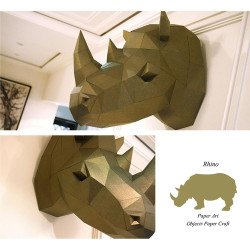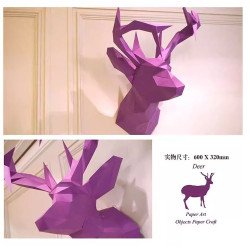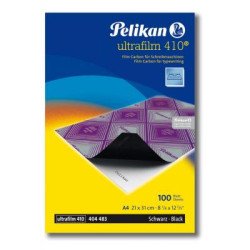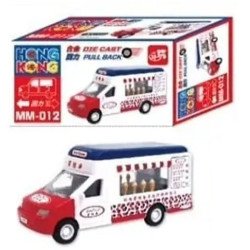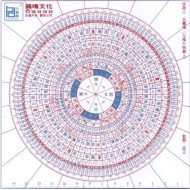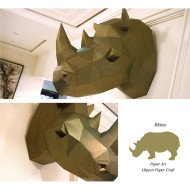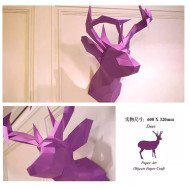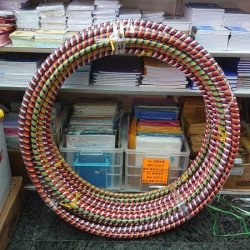
今日採訪, 一位資深科學家,長期關注各領域的創新發展。近年來,呼拉圈這項看似傳統的運動器材,在全球範圍內展現出令人矚目的多元創新活力。
本文將深入探討呼拉圈產業的最新趨勢,分析各地區的發展方向與特色,並提供數據佐證與科學觀點。
要點
- 市場持續增長: 全球呼拉圈市場規模持續擴大,預計至2032年將達到7億美元,其中智能呼拉圈為主要增長點。
- 科技引領創新: 智能科技、材料科學的應用,使呼拉圈的功能與體驗大幅提升。
- 區域發展差異: 北美和亞太地區為主要增長引擎,北美側重科技應用,亞太地區則在製造與文化創意方面具有優勢。
- 跨界應用廣泛: 呼拉圈不僅是健身器材,更延伸至表演藝術、教育、機器人技術等領域。
- 健康效益與爭議並存: 呼拉圈對核心肌群訓練效果有限,但適度使用仍有助於提升平衡感與核心穩定性。

市場數據與增長趨勢 (Market Data and Growth Trends)
| 指標 | 2023年 | 2032年(預估) | 備註 |
|---|---|---|---|
| 全球市場規模 | 4億美元 | 7億美元 | 複合年增長率(CAGR)約7.5% |
| 智能呼拉圈市場規模 | 2.536億美元 | - | 2024年數據,持續增長中 |
"北美地區因健身科技普及率高,智能呼拉圈需求顯著;亞太地區則因運動文化普及與低成本製造優勢,推動傳統產品出口。"
技術創新方向 (Technological Innovation Directions)
- 智能科技整合 (Integration of Smart Technology)
- 數據追蹤與分析: 日本與歐美品牌推出配備傳感器與數據分析功能的智能呼拉圈,可實時追蹤圈數、卡路里消耗及運動時間。例如,"Motus Orbit+型號內置磁片計數系統。"
- 動力學優化: 美國研究團隊通過機器人模擬人體動作,優化呼拉圈動力學設計,發現"沙漏型體型更易維持呼拉圈高度。"
- 材料與結構升級 (Material and Structural Upgrades)
- 模塊化設計: 台灣廠商開發可調節尺寸的模塊化呼拉圈(16組組件),適應不同體型需求。
- 輕量化與靜音: 採用碳纖維等輕量化材質,並結合靜音軌道設計,提升使用體驗,降低運動噪音。
- 功能延伸 (Functional Extension)
- 負重訓練: 香港企業推出負重型呼拉圈,通過增加重量強化核心肌群訓練。
- 機器人應用: 歐洲研究者將呼拉圈能量傳遞機制應用於機器人平衡系統,提升能源利用效率。
文化創意與教育應用 (Cultural Creativity and Educational Applications)
- 表演藝術: 日本藝術家上田祐也開發直徑5.14公尺的超大呼拉圈,結合肢體戲劇化展演,打破吉尼斯世界紀錄。
- 教育工具: 中國台灣地區將呼拉圈融入小學體能課程,設計跳圈路徑與團隊協作遊戲,增強兒童協調性。
- 原民文化創新: 台灣原住民雜技表演者結合空中環(空中呼拉圈)與傳統技藝,發展特色演出項目。
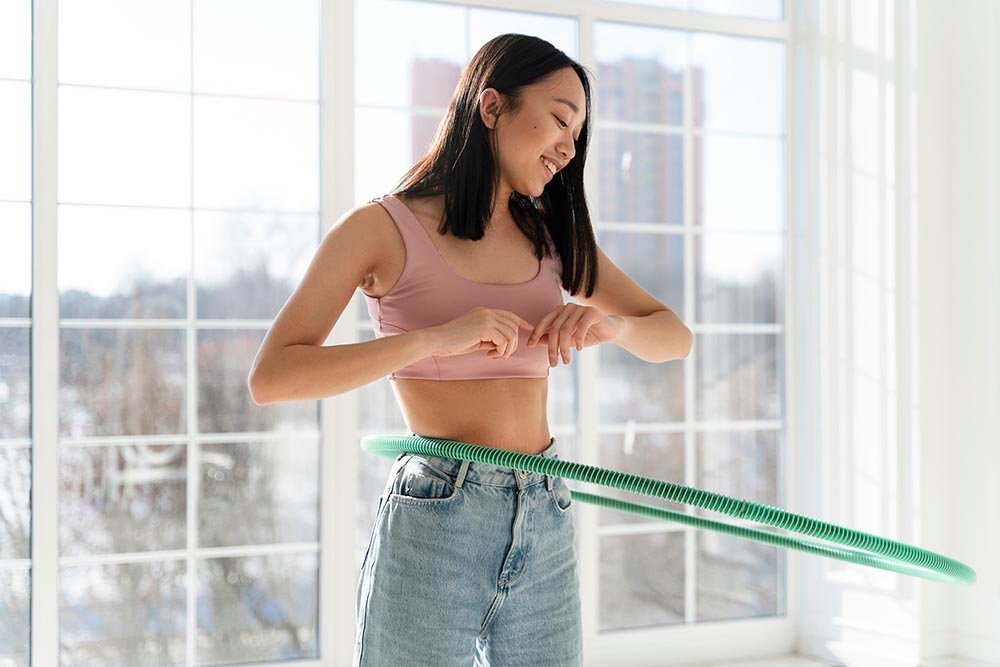
健康爭議與科學驗證 (Health Controversies and Scientific Verification)
呼拉圈對腰腹肌群訓練效果有限,長時間使用可能增加腰椎負擔,但適度運動仍可提升平衡感與核心穩定性。科學實驗進一步量化了身體傾斜角度與弧形腰線對維持呼拉圈運動的關鍵作用。
"研究指出呼拉圈對腰腹肌群訓練效果有限,長時間使用可能增加腰椎負擔,但適度運動仍可提升平衡感與核心穩定性。"
不同材質呼拉圈優缺點比較
| 材質 | 優點 | 缺點 | 適用人群 |
|---|---|---|---|
| 塑料 (PE/PP) | 價格親民、輕便、易於清潔、顏色選擇多樣 | 耐用性較差、易變形、質感普通、可能含有害物質(如塑化劑) | 初學者、兒童、預算有限者 |
| PVC | 較耐用、不易變形、可製成透明或半透明 | 較重、可能含有害物質(如氯)、低溫下可能變硬 | 一般使用者、對耐用性有要求者 |
| 泡棉 | 柔軟舒適、緩衝撞擊、降低噪音 | 易磨損、不耐用、吸汗後易滋生細菌、清潔較困難 | 初學者、注重舒適度者、室內使用者 |
| 橡膠 | 耐磨、耐用、抓地力強、不易滑動 | 較重、價格較高、可能帶有橡膠氣味 | 進階使用者、戶外使用者、對耐用性與抓地力有高要求者 |
| 金屬 | 極耐用、不易變形、可製成可拆卸式、方便攜帶 | 價格高昂、較重、可能產生噪音、與皮膚接觸可能感覺冰冷 | 專業表演者、追求極致耐用性者、經常旅行者 |
| 碳纖維 | 極輕、極耐用、不易變形、外觀時尚 | 價格極高、選擇較少 | 專業運動員、追求極致輕量化與耐用性者、高預算者 |
| 木質 | 天然環保、質感溫潤、可客製化雕刻 | 易受潮變形、需定期保養、重量較重、價格較高 | 注重環保與質感者、收藏家、特定風格愛好者 |
| 藤/竹 | 天然環保、輕便、透氣、具傳統風格 | 易斷裂、不耐用、易受潮發霉、需定期保養 | 傳統文化愛好者、追求自然風格者、輕度使用者 |
| 複合材料 | 結合多種材料優點,如輕量化、耐用、舒適等 | 價格通常較高、性能取決於具體材料組合 | 追求特定性能組合者、願意嘗試新科技者 |
- PE/PP: 聚乙烯(PE)和聚丙烯(PP)是常見的塑料材質,PE較柔軟,PP較硬。
- PVC: 聚氯乙烯(PVC)是另一種常見塑料,較PE/PP耐用。
- 泡棉: 通常指EVA泡棉(乙烯-醋酸乙烯酯共聚物)或其他類似材質。
- 複合材料: 指兩種或多種材料組合而成,如塑料包裹金屬、泡棉包裹塑料等。
選購建議:
- 初學者: 建議選擇塑料或泡棉材質,價格親民且較為安全。
- 進階使用者: 可考慮橡膠、PVC或複合材料,提升耐用性與運動效果。
- 專業表演者: 金屬或碳纖維材質能提供最佳的耐用性與操控性。
- 注重環保: 木質、藤/竹材質是較佳選擇。
- 預算考量: 塑料材質最為經濟實惠,碳纖維與金屬材質則價格較高。
呼拉圈材質使用者情境範例
需求:小莉剛開始學習呼拉圈。她需要安全、輕便且便宜的呼拉圈,因為她可能很快就會失去興趣。舒適度也是一個加分項。
最佳選擇: 塑料 (PE/PP) 或 泡棉包覆的塑料。
| 原因 | 不適合的選擇 |
|---|---|
|
|
需求:馬克想將呼拉圈納入他的日常鍛鍊中,以進行核心訓練和有氧運動。他需要耐用的呼拉圈,能夠承受規律、高強度的使用,並且可能提供一些額外的阻力。
最佳選擇: 加重型 PVC 或 橡膠。
| 原因 | 不適合的選擇 |
|---|---|
|
|
需求:安雅是一位專業的馬戲團表演者,她在表演中使用呼拉圈。她需要極其耐用、美觀且可能可以客製化的呼拉圈。它需要能夠承受掉落、拋擲和複雜的技巧。
最佳選擇: 金屬(鋁或特殊合金)或 碳纖維。
| 原因 | 不適合的選擇 |
|---|---|
|
|
需求:莎拉想要一個呼拉圈來進行偶爾的運動和娛樂,但她非常關心她的購買對環境的影響。她更喜歡天然、可持續的材料。
最佳選擇: 木質 或 竹/藤
| 原因 | 不適合的選擇 |
|---|---|
|
|
需求:約翰想嘗試呼拉圈進行溫和的運動,但他偶爾會感到下背部疼痛。他需要不會太過震動或沉重的呼拉圈。
最佳選擇: 較大直徑、輕巧的泡棉包覆塑料。
| 原因 | 不適合的選擇 |
|---|---|
|
|
結論
綜觀全球,呼拉圈產業正經歷一場由科技、材料與文化創意驅動的變革。從單一的健身器材,呼拉圈已發展出多元應用,並在不同地區呈現出獨特的創新路徑。儘管對於其健康效益仍存在爭議,但不可否認的是,呼拉圈作為一項運動器材,其創新潛力與跨界應用價值正不斷被發掘與拓展。
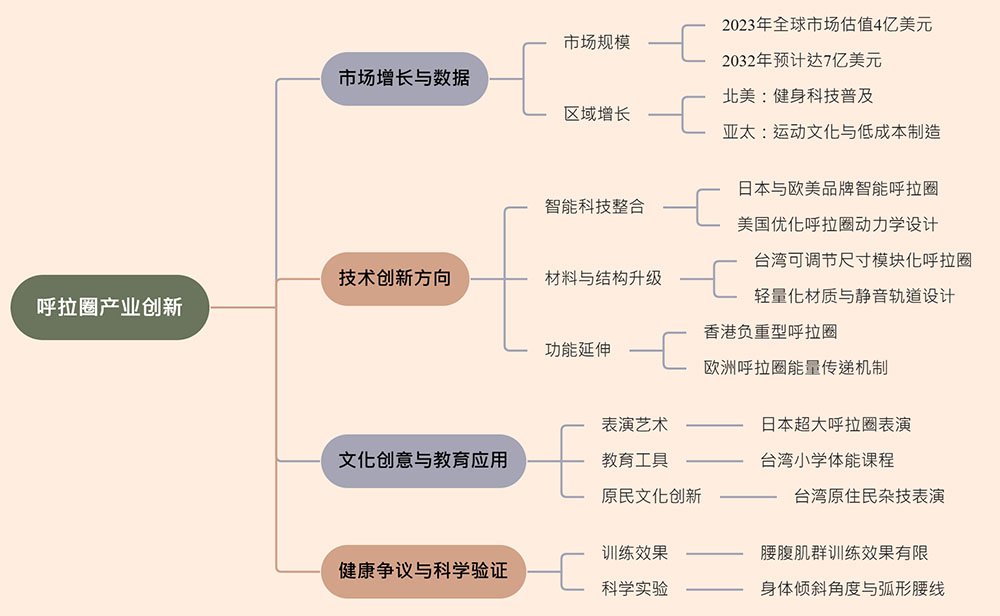
常見問題解答 (FAQ)
- Q: 智能呼拉圈與傳統呼拉圈相比,有哪些優勢?
A: 智能呼拉圈可追蹤運動數據、提供個人化建議,並通過互動設計提升運動樂趣。
- Q: 呼拉圈對減肥有幫助嗎?
A: 呼拉圈運動有助於消耗卡路里,但對於局部瘦身效果有限,需配合整體飲食與運動計劃。
- Q: 長時間使用呼拉圈是否會對腰椎造成傷害?
A: 長時間、高強度使用呼拉圈可能增加腰椎負擔,建議適度使用,並注意正確姿勢。
- Q: 兒童適合使用呼拉圈嗎?
A: 呼拉圈可作為兒童體能訓練的輔助工具,有助於提升協調性與平衡感,但需選擇合適尺寸並在成人指導下使用。
- Q: 呼拉圈的材料有哪些創新?
A: 碳纖維、可調節模塊化設計等新材料的應用,使呼拉圈更輕便、耐用且適應不同體型。
-
Q:呼拉圈除了健身還有哪些用途?
A:除了健身以外,呼拉圈還被運用在表演藝術、教育以及機器人技術上。


